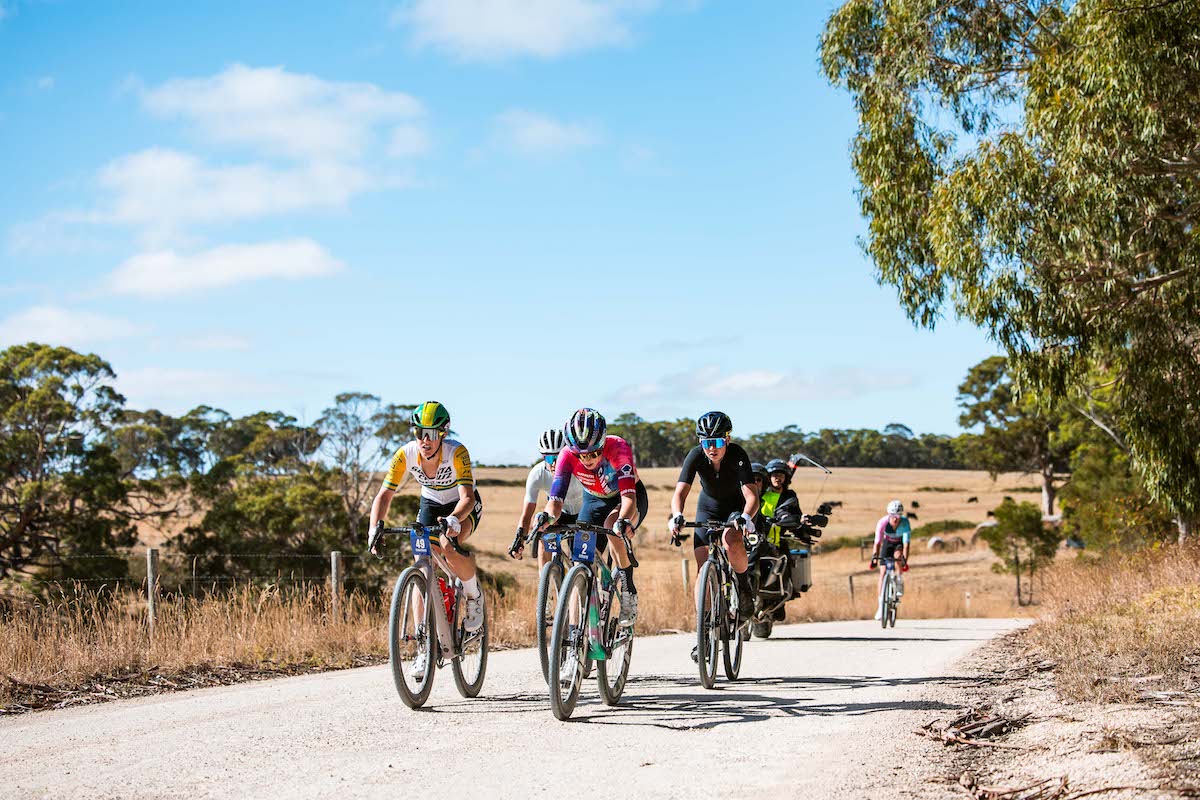USA Pro Cycling Challenge: More than a climber's race
Horner, Hampsten, Stetina analyse the stages
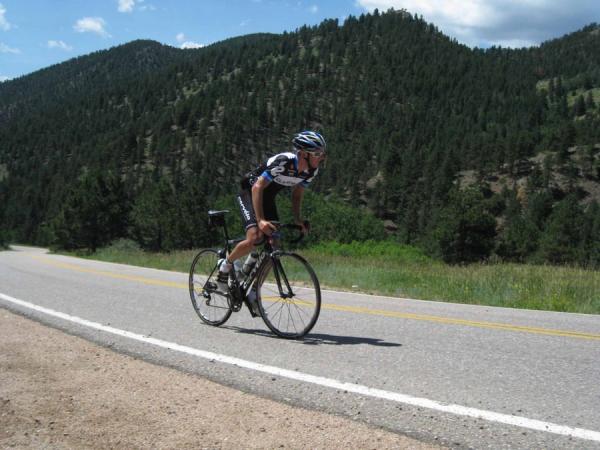
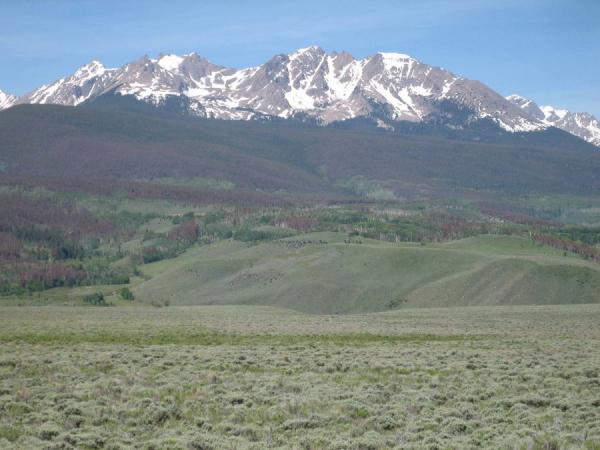
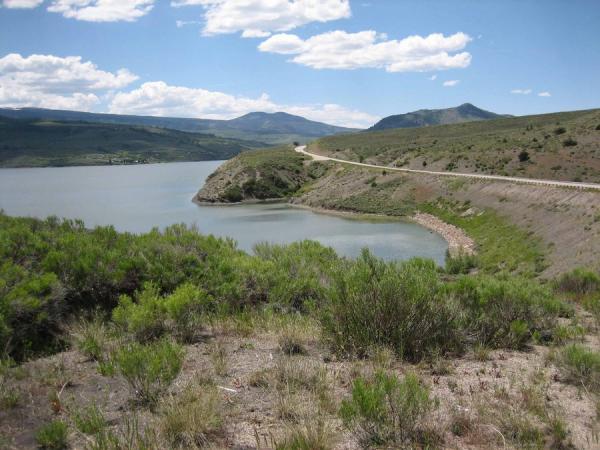
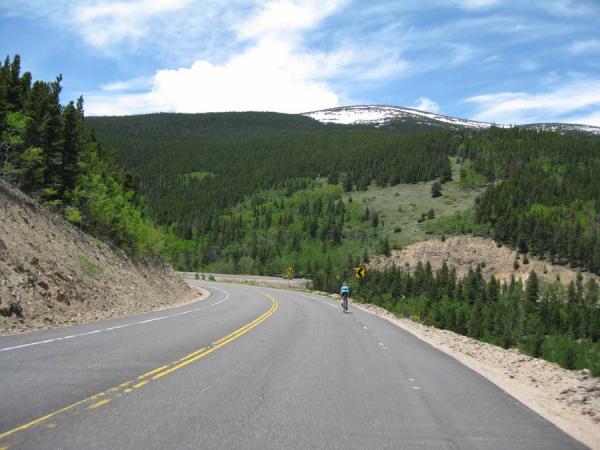
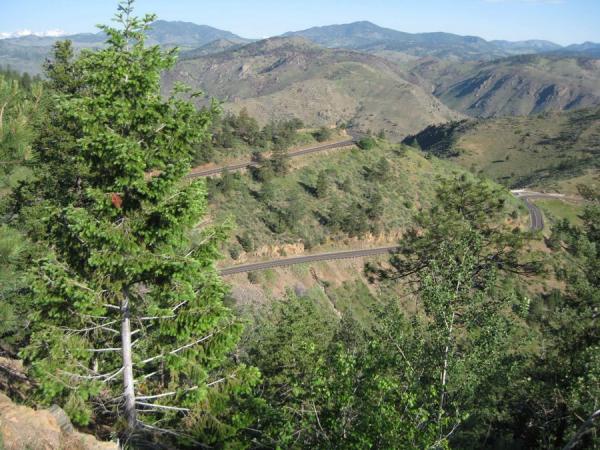
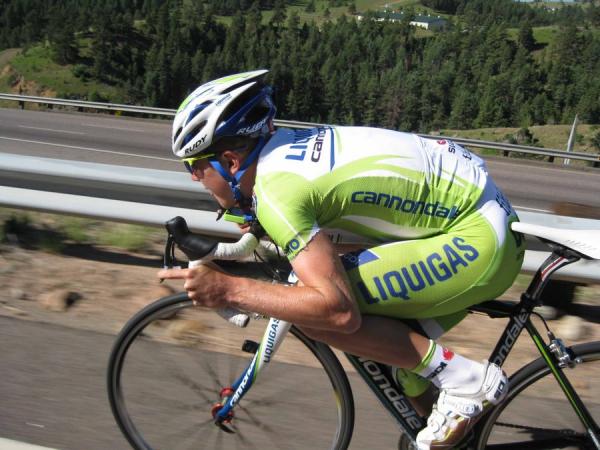
With the USA Pro Cycling Challenge showcasing Colorado's Rocky Mountains it is easy to understand why many feel this will most likely be a climber's race. But with several passes topping out at over 12,000 feet above sea level, altitude will also play a significant factor in determining the champion of the seven day, 518-mile event.
"I think the altitude will be a big shock to a lot of Europeans especially if they are Tour de France stars," said Andy Hampsten who lived and trained in Colorado when he wasn't winning races in Europe. "When they start getting into select groups and there are Americans and US-based Americans hanging out with them it can be demoralizing for Euro stars."
Garmin-Cervelo rider Pete Stetina agrees: "It [altitude] is the biggest factor. I have seen 180lb dudes drop 150lb guys just because they were acclimatized and the lighter guy wasn't. Once you hit that redline, you just don't recover at the same rate. You really have to measure out your effort at altitude."
How will the European pros perform? "I think a few guys are going to come over early. It depends on how early and how well they acclimate," said Stetina.
Hampsten agrees. "I think Europeans can deal with the altitude. It would be best if the teams came a week ahead of time. If they do the Tour of Utah beforehand then they will be acclimated."
All that altitude doesn't come without some climbing. Looking at the individual stages and their profiles reveals that there is something for everybody from climbers to time trialists to sprinters.
The prologue, in Colorado Springs, is five miles, starting at the Garden of the Gods State Park and finishing downtown. While the course is predominately downhill, the GC contenders will have to perform well here. "It's [the race for the overall] going to be about seconds so the prologue now becomes important," said Stetina.
The latest race content, interviews, features, reviews and expert buying guides, direct to your inbox!
Stage 1, 100 miles from Salida to Crested Butte begins with the climb over Monarch Pass. The summit, at 11,315 above sea level, comes after a 13 mile ascent which gains 3250 feet, but the pass comes way too early in the stage to provide a shake-up in the overall classification. The second, and final, climb of the stage, to Crested Butte Mountain Resort ski area, offers the only mountain top finish of the entire race and could be decisive.
Will this be the decisive climb of the race? "It is not big enough to make massive time gaps, but there are going to be some seconds there for sure," adds Stetina.
The queen stage of the race, stage 2, is 133 miles from Gunnison to Aspen. It crosses two passes over 12,000 feet, Cottonwood and Independence, with the whole stage at or above 8000 feet above sea level.
Cottonwood Pass climbs 2740' in 13.7 miles for an average gradient of 6.5% and tops out at 12,196 feet about sea level - the highest point of the whole race. "I think it is an excellent, excellent first climb for an epic stage. It's not steep. It's very well graded. It's a nice dirt road. Bike handling skills aren't going to be called upon in the least. It’s not a terribly hard climb that will shatter the field," said Hampsten.
"You will have good times by a pure climber, but it still favors a time trialer, I think. A time trialer who can climb like Levi [Leipheimer]. That time trial is built for him," said Stetina.
Stage 5, 105 miles from Steamboat to Breckenridge also appears to be benign. The 3000 foot ascent of Rabbit Ears Pass is tackled at the start and then there is a long gentle climb from Kremmling to the Dillon/Silverthorne/Keystone area. "You could see a breakaway of riders down on GC, but there won't be a shake-up unless there is a crosswind, which could happen," said Hampsten.
